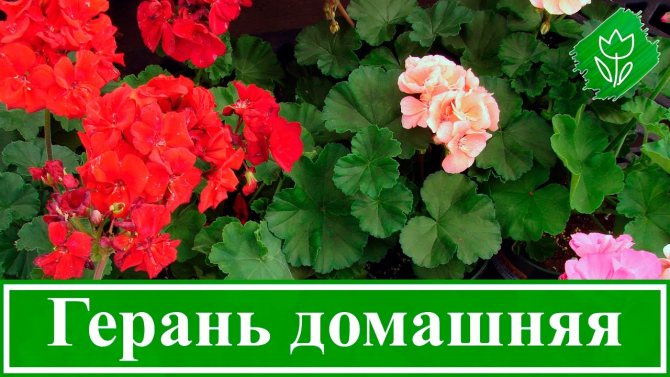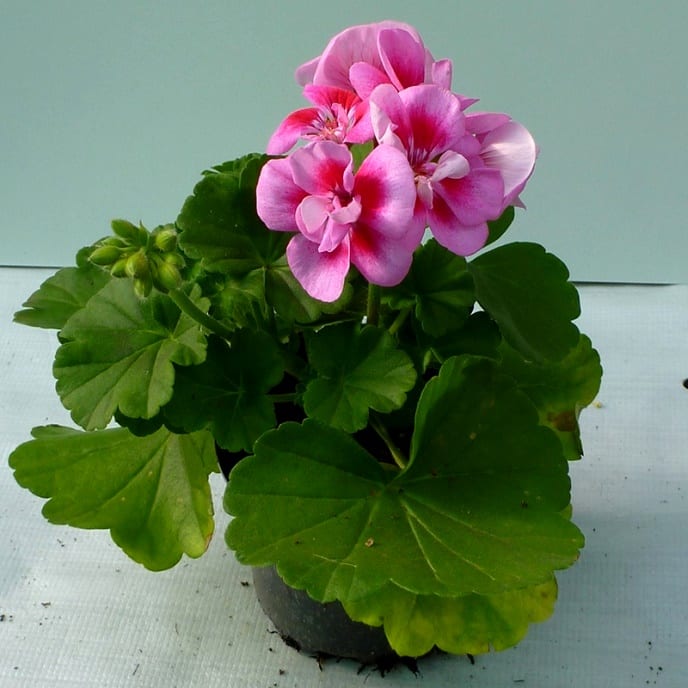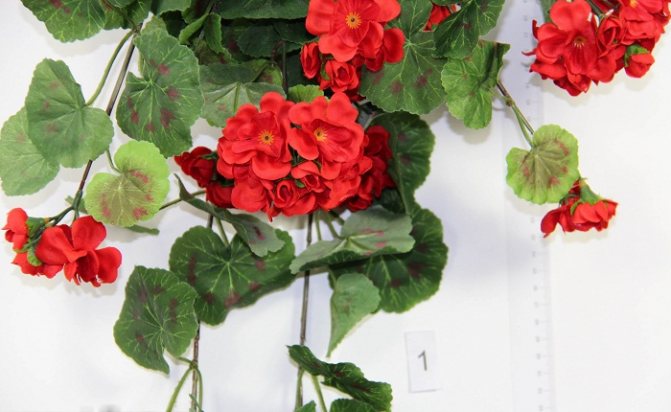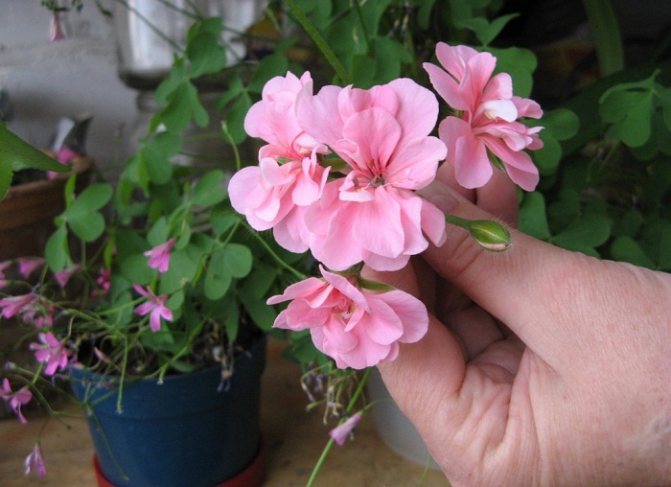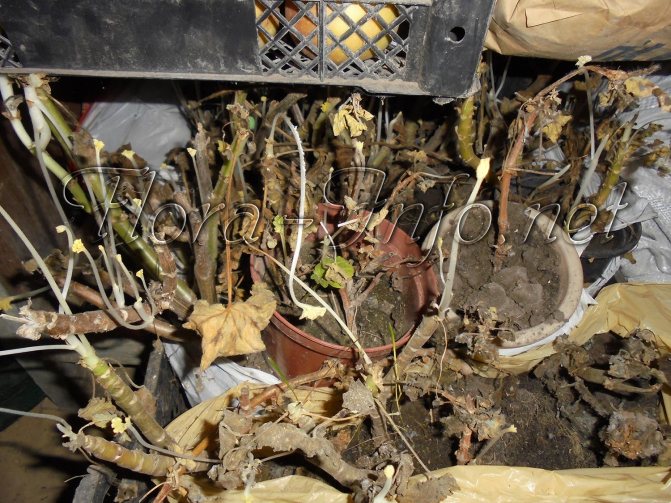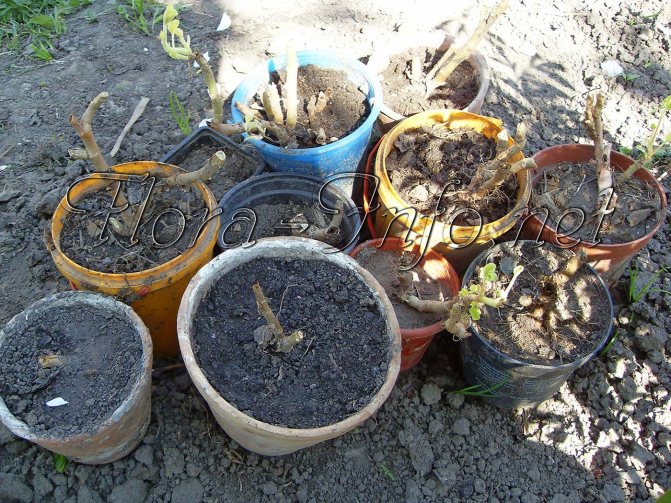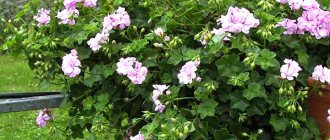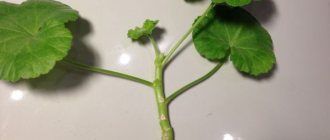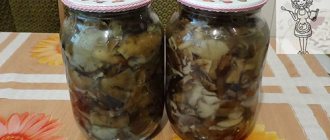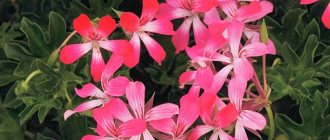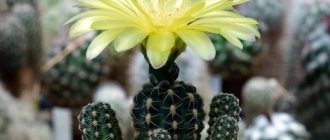Geranium is a kind of symbol of childhood with its pleasant sensations from a relaxing stay in a cozy parental home. For almost the entire year, with the exception of a few winter months, she is able to bring some kind of serene joy with her flowers. Everywhere you look, various varieties of this plant bloom everywhere, creating an aura of peace and warmth with their beauty. The group of ampelous Pelargoniums includes only one variety popular in floriculture - Ivy or Shield Geranium. She and her varieties have a special place in private collections. Many varietal groups of the plant are very whimsical and require careful care. But, despite this, with a very caring owner, they respond with rapid flowering and become an excellent decoration for rooms, balconies, loggias and gardens. How to care for ampelous geranium during cultivation and propagation by cuttings and seeds, you can learn from the proposed material. A description is also given and the most beautiful varieties are offered.

Fresh articles about garden and vegetable garden
What should be sown in February for seedlings?
Choosing a lamp for indoor plants and for illuminating seedlings
Find out what to sow in January for seedlings: what flowers, vegetables, berries, how to care for seedlings
Description of ampel geranium
Pelargonium is a genus of plants that unites more than 200 species of shrubs and herbaceous plants belonging to the geranium family. There is also a separate genus of shrub - Geranium, but plants of the Pelargonium genus are common among flower growers. By its nature, Pelargonium grows on arid lands or on the slopes of the mountains. Her unpretentiousness to water and beauty delight flower growers, because not every plant can be so beautiful, and, at the same time, does not need careful care. Most flowers literally dry out if they lack even a little moisture. But Ampel geranium is not a weak plant. Another feature of this species is the ease of reproduction and a long flowering period. In early spring, flowers begin to bloom and decorate your garden plot or balcony, and finish their colorful posing only in late autumn, when almost all plants lose their beauty and leaves fall on the trees. The point is not even that geranium is capable of blooming for so long, but that this feature is combined with voluminous lush flowers of a complex and curving structure. You want to admire such flowers for a long time, and since geranium is a shrub, you can use it to divert attention from problem areas in your personal plot or cottage. This species is so hardy that you can't even believe it, because beautiful flowers are always lethargic, weak and you need to constantly monitor them so that all the care is not in vain. But for this species there is no heat, rain, or draft. In general, geraniums are divided into two groups: shrubs and ampelous. And shrubs, in turn, are flowering and fragrant. Trumpet geranium is a plant that can be classified as hanging gardens. Because of this, it is often used when planning decor in summer cottages.
The ampelous types of geraniums include flattened pelargonium. Its shoots are about 90 cm long.In addition, pelargonium not only does not need to be sprayed on the leaves, but can also die from this. After all, then rot will start in the leaves and destroy the photophilous plant.
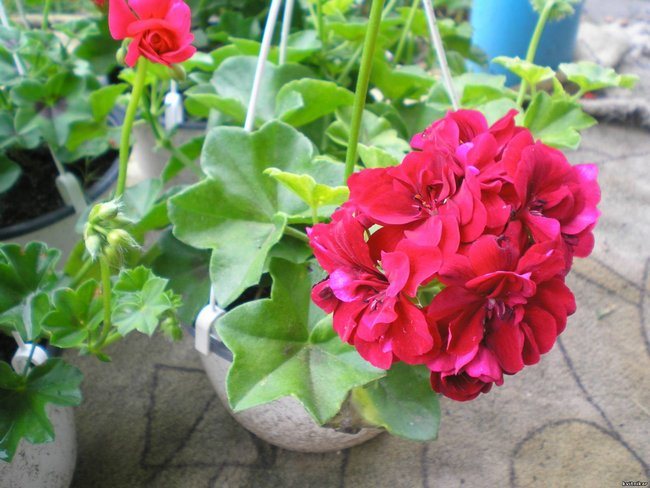

Pelargonium transplant
Transplanting is carried out in the spring, only if the roots have filled the entire pot. The next capacity should be 2 cm more. On average, the transplant is carried out once every 2 years. A flower with roots is taken with a clod of earth and transferred to a new flowerpot.
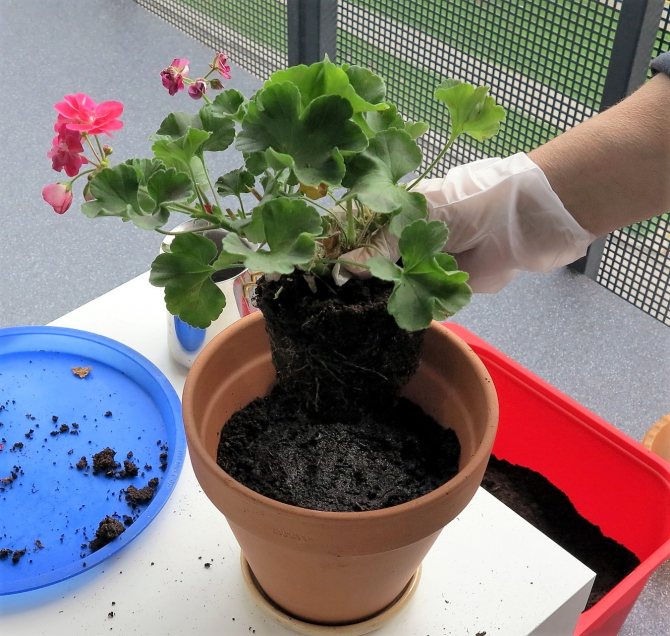

When transplanting on roots, you need to keep the old soil, this will help the plant to adapt faster in the new pot
If the plant does not yet need to be transplanted (its roots still fit into the pot), once a year it is enough to replace the top layer of the earth with new nutritious soil.
Ampel geranium is an amazing flower, delicate and exquisite. He is loved by landscape designers, because with his help you can create incredibly picturesque landscapes on the site. Pelargonium is easy to care for, unpretentious, the bush can be given the desired shape by cutting it.
Propagation of ampelous geranium by cuttings
Florists sometimes practice growing ampelous pelargonium from seeds, but reasonably consider this a too troublesome business, since many nuances must be taken into account. Therefore, it is preferable to propagate ampelous pelargonium by cuttings previously dried for about a day.
For reproduction, dry sections, first dipped into coal powder, which acts as a growth stimulant, are planted in disinfected soil. Disinfection can be carried out with boiling water or kept in a hot oven for about ten minutes, and then cooled to room temperature. The distance between the cuttings is no more than two centimeters. The soil around them must be compacted. If all this is done in the spring, then in the summer the pelargonium will definitely bloom.
Reproduction methods
An important characteristic of ampelous pelargonium is the ease of growing at home. Reproduction of ampelous geranium is an easy and not laborious process. It can be propagated in two ways - by seeds and cuttings.
Hippeastrum: watering and caring for the plant
Growing by seeds
Florists say that it is better to grow geraniums by seeds. Explaining this by the fact that the plant grows more resistant to diseases and adapts to possible temperature extremes and drafts.
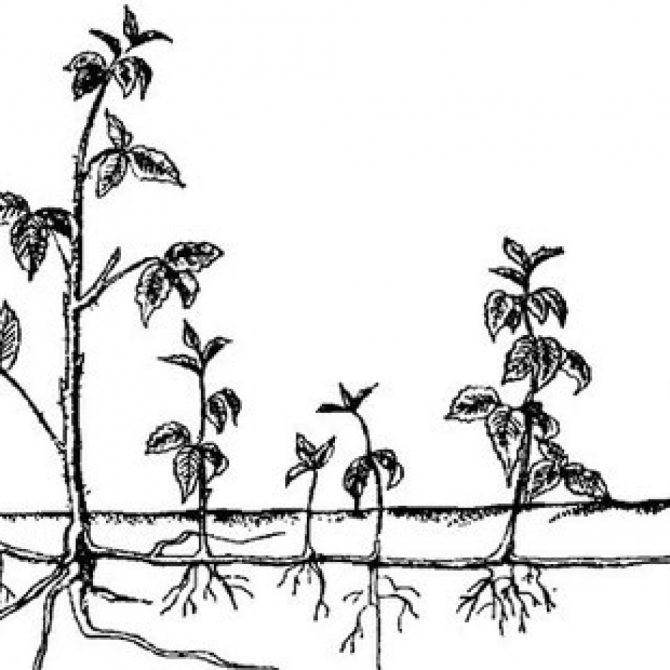

The best month to plant is January... The seeds are laid out on a pre-disinfected and moistened soil. Then they are lightly sprinkled with fine soil and watered on top again. A spray bottle is used for watering.
The container with seeds is covered with glass or foil, which is raised 2-3 times a day for a few seconds. This procedure is necessary to remove the formed condensation. They are removed to a room where the temperature is 20-24 degrees. The sprouts dive when two true leaves appear. Further cultivation is carried out at a temperature of 16-18 degrees. Young bushes are removed to a permanent place at the age of 1.5-2 months.
The substrate for geranium should be chosen nutritious, loose and light, enriched with potassium. With an excess of nitrogen in the soil, the plant will only actively grow leaves, but not bloom.
The best option is a soil mixture consisting of the same amount of sand, peat, humus, leaf and sod land.
Cutting method
Despite the ease of seed propagation, growers often use vegetative. The method of propagation of ampelous pelargonium by cuttings has a number of serious advantages. Thus, a young bush retains the appearance of the "mother pelargonium" and its properties, which is an important factor when planting varietal plants.
As a planting material, the upper part of young stems is used, on which two pairs of healthy leaves grow. Cuttings are harvested from mid-February to March or from mid-July to late August.Reproduction, planting and further care of the plant are very easy and effective.
Growing and caring for freesia at home
To dry the cut treated with coal powder, the shoots are kept indoors for several hours.
Then cuttings are planted in peat-sandy soil to a depth of no more than 4 cm. Conditions conducive to rapid establishment:
- temperature regime at 20-22 degrees;
- moderate watering so that the underground part of the cuttings does not rot.
A young plant is transplanted in a month, when the first roots appear. The pot should be 7-10 cm in diameter. The plant blooms for the first time in the coming spring. Subsequent care for young and adult ampelous pelargonium has no obvious differences.
Growing ampelous geranium from seeds
At home, it is better to use trays 3 centimeters deep, which can be purchased at a specialized store or made from scrap materials. After filling them with a substrate, lightly sprinkle the surface of the soil with warm water and place in a warm place for a day so that the earth has time to warm up to the desired temperature (20-22 degrees). After that, make small pits at a distance of about 2 centimeters from each other by immersing your finger in the substrate. Place the pelargonium seeds inside and sprinkle them with a layer of soil about 1 centimeter. To grow healthy bushes, you need to slightly moisten the soil again and cover it with a film, in which it is worth making holes for air access. At home, the seeds should be kept in a warm place corresponding to the above temperature conditions, under normal lighting conditions, but do not put the trays on the windowsills. As soon as you see the first shoots of a soft green hue, immediately remove the film so as not to create excessive moisture for them. Now the seed trays need to be placed on the windowsill so that the pelargonium gets maximum sunlight. If you ignore this requirement, growing an adult plant will take 2-3 times longer. The soil must be constantly loosened so that the root system of the flower is strengthened, and the stems become strong enough and capable of holding thick, heavy leaves. When you manage to grow pelargonium, which already has 2 real leaves, you should dive it and transplant each resulting bush into a separate narrow and high pot. In this state, cultivation lasts until the fifth leaf is formed - the seedlings are pinched above it in order to get the most branched bush, and not a thin tall stem.
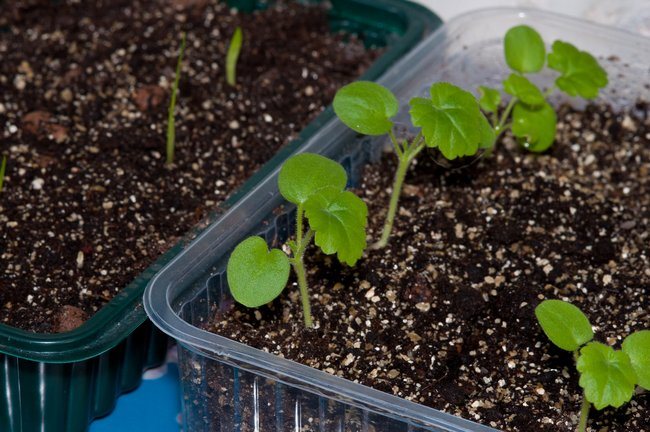

How to care for and what to feed?
- Watering and feeding. Wet soil on a permanent basis is the key to a healthy and flowering plant. Although geranium loves moisture, do not overdo it, otherwise it can lead to mold. A good drainage layer will be required to quickly pass the liquid into the ground. In winter, watering is reduced and carried out 2-3 times a month. The contact of foliage and water is destructive, therefore it does not need spraying.
Fertilization is one of the most important components in care. During flowering, fertilizing is carried out every week. The best option is mineral fertilizers of low concentration, which include potassium and nitrogen, where the former prevails. - Pruning geraniums for lush flowering. Before proceeding with the procedure itself, the pet is carefully examined, because you need to decide which parts to remove, but no kick. If the pruning was correct, then the flowering will be intense. It is done as follows:
- First, all dry and withering leaves with flowers are removed.
- The cut is made over the leaf node, previously disinfected with a sharp knife.
- To prevent decay, the wound is treated with crushed activated carbon.
- After the operation, the geranium is fertilized with a mixture that contains nitrogen.
Pruning and forming a bush of ampelous geranium
It is impossible to grow a spectacular ampelous pelargonium bush without formative pruning. Flowers are formed at the ends of the shoots, so the more new stems, the more inflorescences will bloom on the bush. Pruning rules are easy to remember even for novice flower growers:
- The main pruning is done in the fall, before the plant enters the dormant period. No more than 7 leaves are left on each shoot.
- Shoots grown from leaf sinuses are cut off. The root shoots are left intact.
- Be sure to remove dried and "bald" stems.
- In the spring, a second procedure is carried out only if during the winter, with a warm content, the geranium has managed to grow strongly.
- During the entire vegetative period, yellowed and wilted leaves and inflorescences are removed, bushes are thinned out - this not only maintains an attractive appearance, but also prevents the development of fungal and viral diseases.
Pelargonium ivy at home lives an average of 4 years. Then it loses its decorative effect and needs rejuvenation - rooting of cuttings cut from the mother plant. With this method of cultivation, geraniums can exist indefinitely, delighting with colorful flowering.
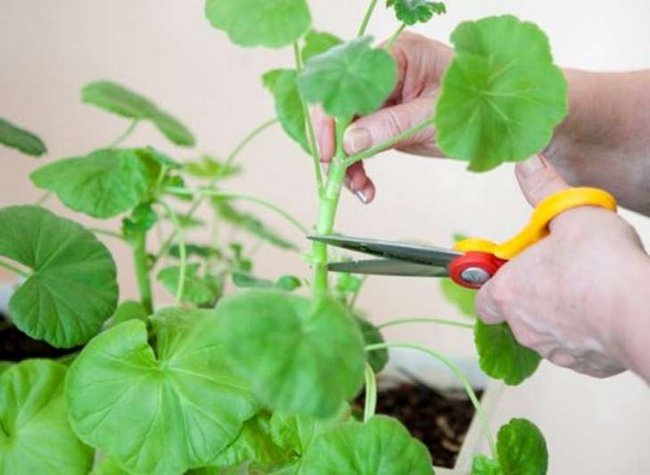

How to form plants correctly
In order for the bushes to be lush and voluminous, it is necessary to pinch the shoots. This procedure begins in February and continues throughout March. Thus, the plant:
- The crown is forming;
- The growth of fresh shoots is stimulated;
- The bush is rejuvenated;
- The foundations are laid for flower inflorescences.
The end of winter is a great time for best results, the plant does not suffer much and tolerates pruning painlessly. When pinching, two or three lower buds are left, the remaining shoots are removed, the upper shoots are also pinched, but the axillary shoots located on top should also be removed. Pruning should be done gradually, the plant should not immediately lose half of the green mass and shoots, otherwise it will not have the strength to bloom after a long recovery of health.
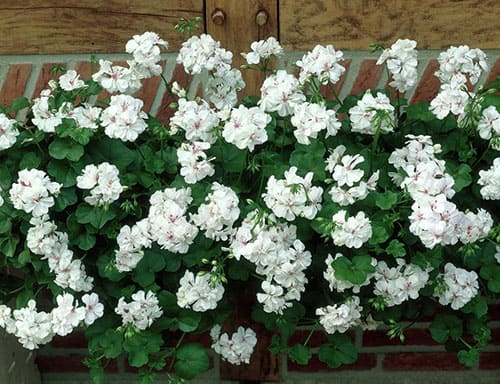

Watering ampel geranium
Proper watering is the key to abundant flowering and good care of ampelous pelargonium at home. She likes abundant watering, but excessive moisture can be detrimental to the plant. Thus, watering geraniums is necessary only after the topsoil has dried. For good flowering, it is necessary to ensure that the earthy clod does not dry out and the water does not stagnate in the container of the plant. For this, good drainage must be provided. In summer, ampelous pelargonium is watered more often, in winter - watering is reduced to a minimum. It is not necessary to spray with pelargonium, as this can lead to rotting on the leaves. For the full development of pelargonium, ampelous needs fresh air, so it needs constant ventilation, but drafts should be avoided.
How to meet spring?
Closer to spring, when the temperature outside will reach 2 degrees above zero, you can take the pelargonium pots to the balcony. You need to start with half an hour, gradually increasing the residence time of the geranium on the balcony. This way you can help the pelargonium bloom constantly. If the geranium was stored in the basement, then before taking it out into the street, soak the bundles in water with fertilizer, then plant it in a pot. The potted geranium should be kept indoors for about a week.
Only after the onset of the last frost is pelargonium planted in a garden flower garden. Thus, geraniums should be placed in a cool room in winter, provide additional lighting and monitor soil moisture. You also need to break off dried leaves and peduncles from time to time. Subject to all these simple rules of pelargonium, we will delight with our flowering and aroma immediately after leaving the rest phase.
Top dressing ampel geranium
Comprehensive care for ampelous geraniums at home includes the application of fertilizers, without them the flower will not have enough strength to demonstrate all its potential.
From the very beginning of spring to the end of summer, every week or two, it is necessary to fertilize with the use of potash fertilizers.
It is recommended to use nitrogen fertilizers at the very beginning of the growing season. Then their number should be limited to a minimum, otherwise the bush will be covered with luxurious foliage, but you can not wait for beautiful inflorescences from it.
Some growers recommend using ordinary iodine as a nutrient. To do this, take 50 ml of water, dilute a drop of "medication" in it and water the flower along the edge of the pot.
In some cases, in order for geraniums to grow densely, growers begin to use organic fertilizing. Such fertilizers are completely unsuitable for these purposes and can only harm the plant. It is best to buy a ready-made geranium feed and apply it following the instructions on the package.
Fresh articles about garden and vegetable garden
How to plant Achimenes rhizomes
How to transplant anthurium at home video
Cacti indoor photos and names
Main characteristics
The modern type of pelargonium was known as early as the 16th century in the Netherlands. Then it was perceived as an exotic plant that could not be seen in the homes of poor people. But already in the XVIII-XIX centuries. the situation changed, different varieties appeared and the flower became available to everyone.
The second name for pelargonium is geraniumand both are associated with birds. So, from the Greek language, geranium is translated as a stork, and pelargonium - as a crane. The fruits of the plant are outwardly similar to the beak of these birds. Pelargonium belongs to perennial home flowers, is frost-resistant and can winter outdoors.
The ampelous species includes thyroid or ivy pelargonium. Its homeland is the southern territories of Africa, where it grows on the slopes of the hills, falling from them. The ampelous species has flexible shoots, so the plant is often used in the interior of hanging gardens. The stems can be up to one meter long.
Unlike vertically growing geraniums, ampelous leaves are smooth and without a fluff. Leaves consist of 5 lobes 3-6 cm wide. Cactus and star-shaped flowers are collected in an umbrella inflorescence, in which up to 30 flowers can grow. They are simple and terry, in different shades.
The plant blooms from early spring to late autumn.
Fight against diseases and pests of ampel geranium
It is dangerous to flood the plant. If the earth does not dry out, it can rot. When root rot appears, you can treat the plant with "Fundazim" or "Fundazol".
Other diseases that threaten room pelargonium:
- rust;
- gray rot;
- a bacterial infection that causes leaf wilting.
Of the pests on geraniums, the mealbug, spider mite and whitefly are most often found. In order not to spray a large bush on the leaves, systemic insecticides are used (from the acaricide mite). The plant is watered with a preparation diluted in water, under the root.
Reproduction of pelargonium by ivy seeds.
You decided to plant the variety of pelargonium you like, but the plant is not on sale, but there are seeds. Go for it! Pelargonium ivy, reproduces well with fresh seeds that have not lost their germination.
Prepare loose, well-drained soil. We scatter seeds over the surface of the soil, and cover it on top with a layer (2-3 mm) of peat mixed with sand, you can sift it through a coarse sieve. We water very carefully to prevent washing out of the seed, it is better to just spray. We make a mini-greenhouse and after 3-4 weeks the seeds will hatch.
Pelargonium is the best ampelous plant for decorating arches, balconies, windows of houses, it has a lot of advantages:
- Long bloom from May to frost;
- Throughout the season, not only the flowers of Pelargonium ivy, but also the leaves, demonstrate decorativeness;
- Differs in unpretentious care, can grow and bloom on any soil;
- Tolerates short-term drought;
- It reproduces well - many young daughter plants can be grown from one bush.
Wintering conditions for street ampel geraniums
In order for street pelargonium not to turn into an annual, you need to know about the conditions of its storage during wintering. The tropical beauty does not tolerate a drop in temperature below 10 degrees. In regions with cold winters and even in the European part, perennials quickly freeze and die even from short-term exposure to subzero temperatures. Also, you should not transfer to the winter and grow those geraniums that are street geraniums in ordinary home conditions. In this case, the plant will experience severe stress and may get sick.
For the wintering of ivy ampelous pelargonium, choose a cool room with good lighting. Even at this time of year, geraniums love bright light. The air temperature in the room should be in the range of 10-12 degrees Celsius. If you keep a perennial in a pot, then occasionally water the soil so that it does not completely dry out and cause the death of the roots.
Some growers cut off the entire ground part of the perennial for the winter. Then, take it out of the pot and place it in a transparent plastic bag with damp moss. In it, the plant is kept throughout the winter months. The rhizome in sphagnum is periodically inspected, ventilated and moistened so that it does not die from drought.
With this method of wintering a plant, a threat may arise that is directly related to various rodents. Mice can get to plants and eat not only the shoots, but also spoil the rhizomes. Protect perennials from rodents. If it is not possible to create the necessary wintering conditions for geraniums, then cut cuttings from the mother plants and propagate the perennial in this way, preserving all the characteristics of the mother bush.
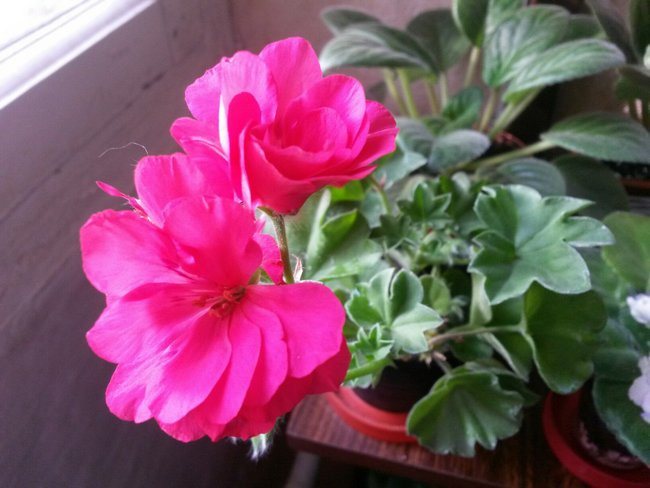

Also, do not forget about air circulation, if the flower is in the room, and a sufficient amount of light. In general, ampelous geranium is quite unpretentious in care, it is easy to propagate it at home even for a novice grower. But she continues to decorate gardens, terraces and window sills with her beautiful flowering for a very long time. And thanks to the variety of colors and shapes of inflorescences, using a combination of varieties, you can create such a beautiful interior in an apartment or in a country house, which an experienced plant grower will envy.
Storage options for geraniums in the basement
After pruning, the geranium must be dug out, leaving a lump of earth on the rhizomes. Each plant is placed in a plastic bag with the stems facing outward. Geraniums are hung up by the root system. During the wintering period, the bags will protect the roots from drying out. Plants suspended in this way provide themselves with moisture more easily. Plants preserved in this way are planted in pots in spring and nothing will interfere with their growth and abundant flowering.
In the newspaper
Pruned geraniums must be completely freed from the ground. Plants are suspended in a dark basement with their roots up. You can wrap them in tubular newsprint.
Experienced gardeners recommend soaking the roots of plants several times in winter with this method of storage in order to avoid drying them out.
Geraniums are placed in cool water for several hours, then allowed to dry and hung again. When the time is right, all plants need to be put in water for a day, where a growth activator can be added. And only then can they be planted in the ground.


In pots
The easiest way to store geraniums in your basement is directly in pots.Plants need to be pruned and lowered into the basement. In this case, they need to be watered occasionally. In the spring, you will need to refresh the topsoil.
Temperature conditions, degree of illumination, air humidity in all basements are different. Therefore, in order to understand which method will help to effectively preserve most of the plants in your case, you need to try them all. Regardless of which storage method you choose for your plants, make sure the frost hazard is over before planting them outside. Then a lush bloom will be guaranteed throughout the next season.



